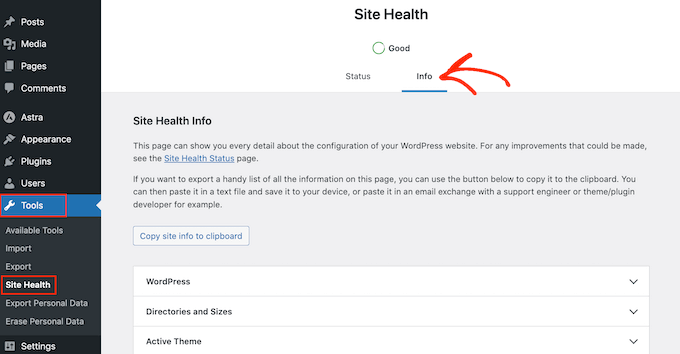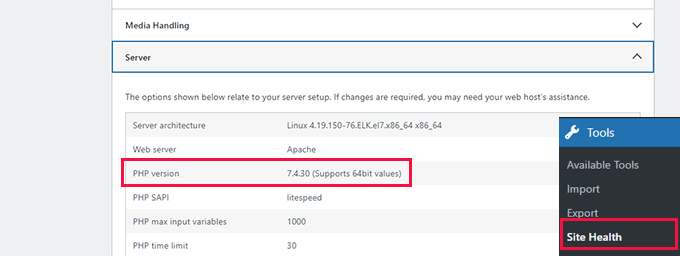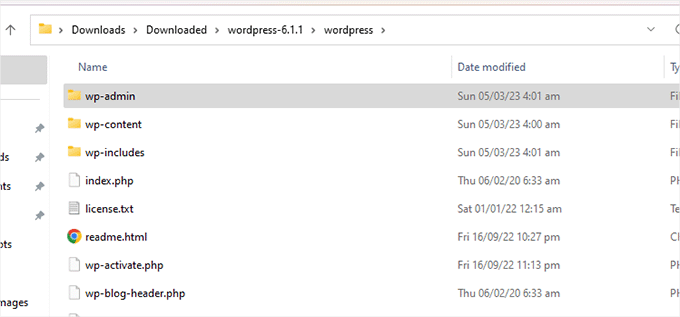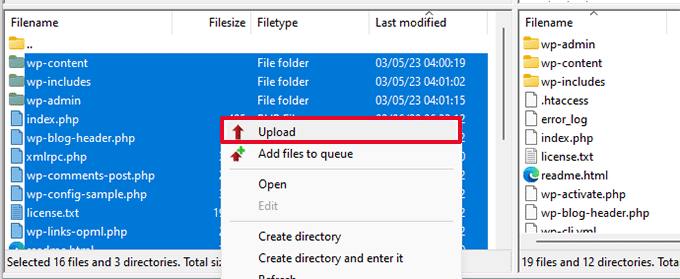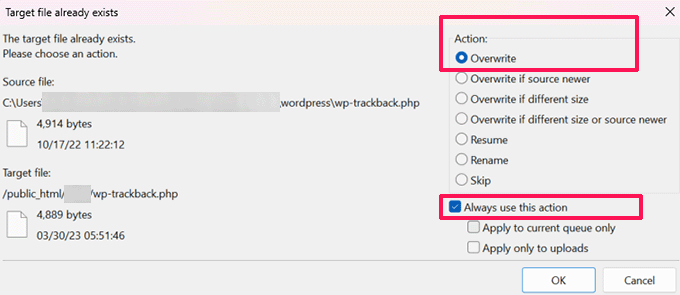When your WordPress site suddenly stops working and shows a message like “There has been a critical error on this website,” it can be really scary. You might feel locked out, unable to access the front end, and worried about losing visitors who see the error. If you’re experiencing this critical error on your WordPress site, don’t panic. This guide will show you how to fix the critical error in WordPress, including what causes it and how to prevent it from happening again.
Fortunately, fixing this error is often simple. It usually involves adding a small PHP function or removing a problematic plugin. We’ll explore different troubleshooting methods to help you get your site back online quickly.
Understanding the Critical Error in WordPress
The critical error in WordPress is a problem that prevents WordPress from loading all the necessary scripts, causing issues with how the site functions. In the past, this error would often result in a white screen of death or a fatal error message, which could be confusing and difficult for beginners to fix.
However, since WordPress 5.2, users now see a more informative error message: ‘There has been a critical error on this website. Please check your site admin email inbox for instructions,‘ along with a link to the WordPress debugging guide.
When this error occurs, WordPress also sends an email to the site’s admin email address. This email contains more details about the plugin or theme causing the error and a link to access the WordPress dashboard in recovery mode.
In some cases, the error message may only indicate that your website is experiencing a critical error, without providing instructions to check your email. This can happen if WordPress fails to load the necessary files for recovery mode or to send the email.
FAQs
Is it safe to delete the cache in the directory of wp-content/cache/autoptimize?
Yes, it is safe but make sure to clear any page cache you might have.



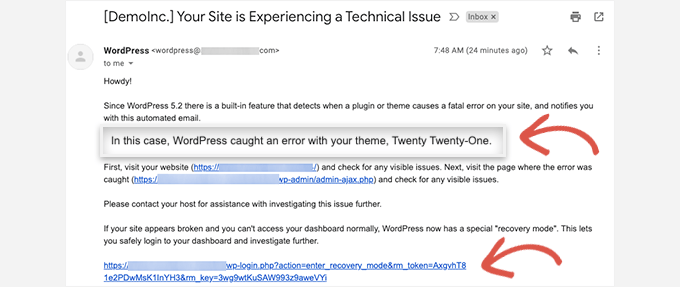
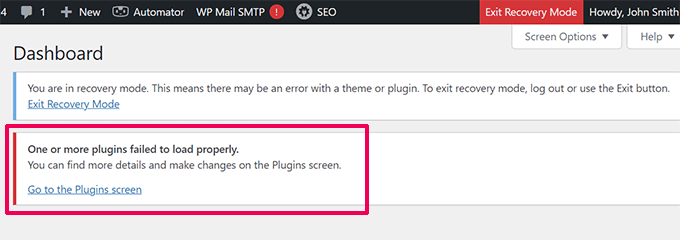
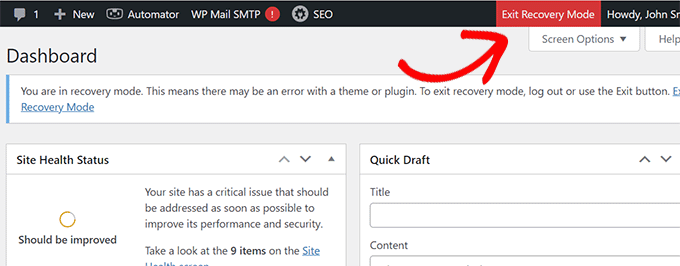
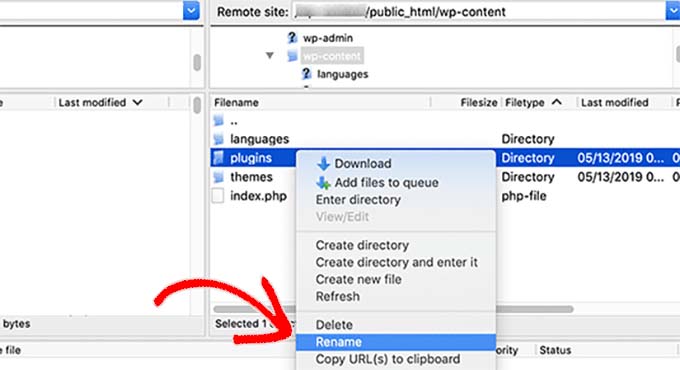
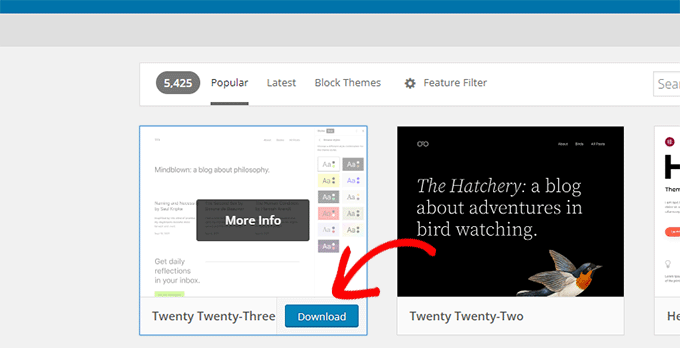
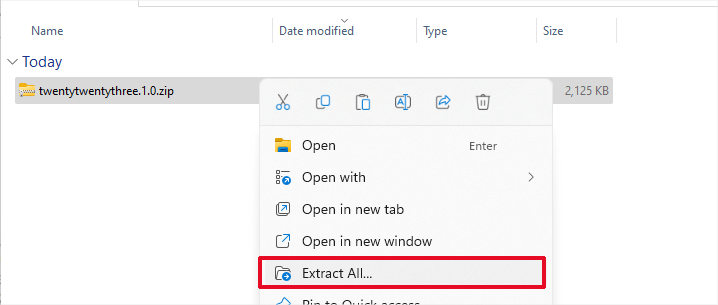
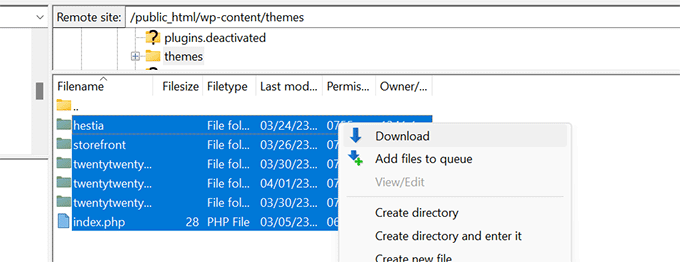
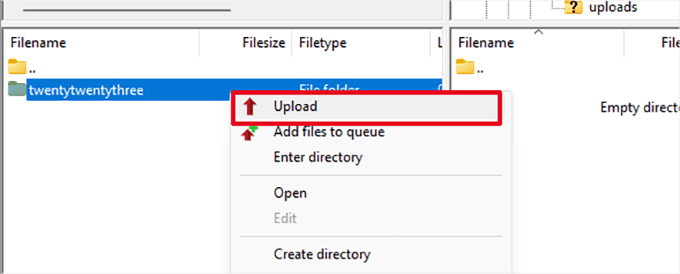 Check Your Website: Visit your website to see if the critical error is resolved. If switching to the default theme fixed the issue, you should be able to access your website without seeing the error message.
Check Your Website: Visit your website to see if the critical error is resolved. If switching to the default theme fixed the issue, you should be able to access your website without seeing the error message.